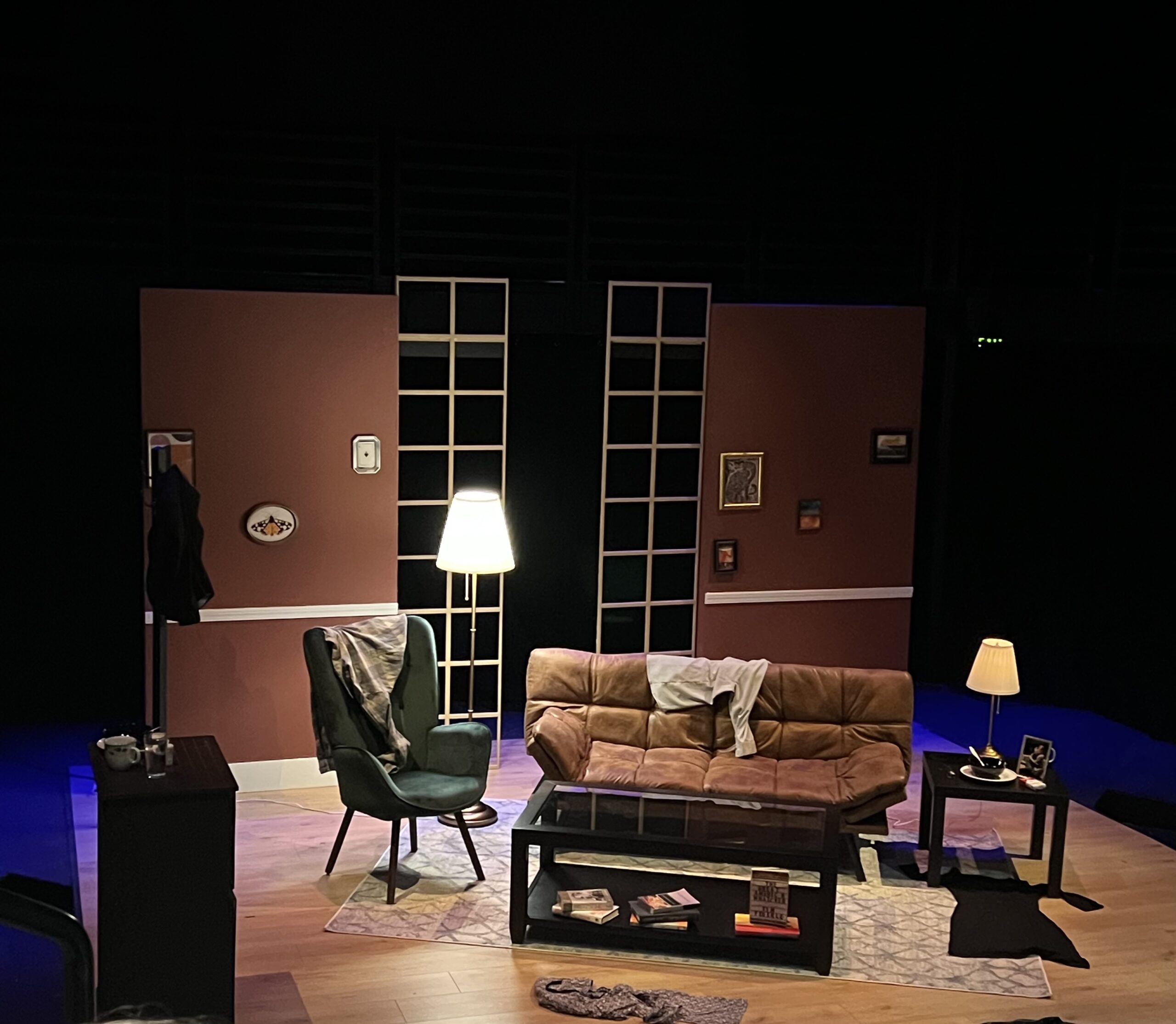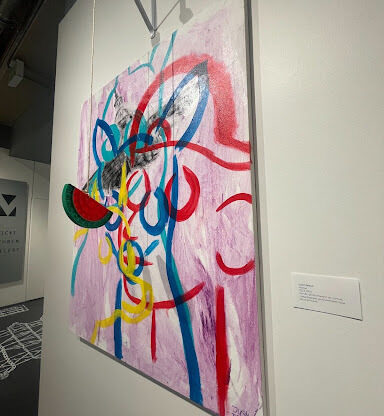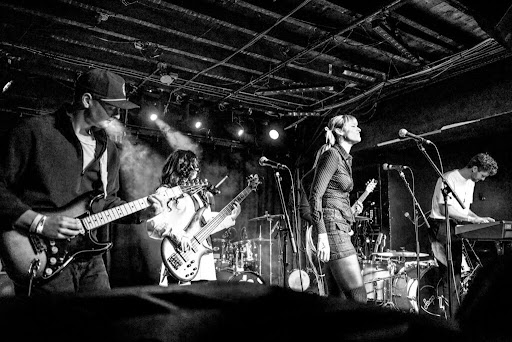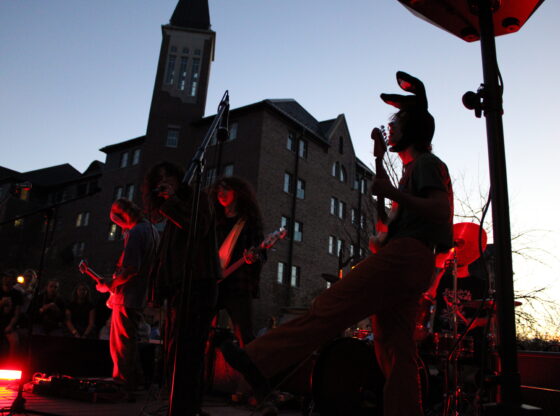Before there was Bathsheba and Annabelle, there was “Valak” or the nun. The nun, who was first introduced in “The Conjuring 2,” propels us into “The Conjuring” universe with this prequel.
This is the eighth installment in “The Conjuring” universe but the first in the timeline. The universe also contains “The Conjuring,” “The Conjuring 2,” “Annabelle,” “Annabelle: Creation” and three short films.
Unfortunately, “The Nun” did not do as well as anticipated. The reviews are mixed with a low score of 4.5 on Rotten Tomatoes and a slightly higher score of 5.7 on IMdb. Critics were grateful for the performances and atmosphere but thought that the storyline was downright unholy. This could be because “The Nun” is not based on any real cases of the Warrens’ or paranormal events like the other movies are. The statement, “based on a true story,” weighs on our thoughts and perceptions.
Although the storyline is important, I believe the cinematography makes up for it. Maxime Alexandre, “The Nun’s” director of photography, transports the audience into this microcosm of darkness and light. His process is essentially inverted. He begins with darkness and then adds light, when and if it is needed, through the addition of a white light from above or a flame from lanterns and candles. It was his intention for the audience to witness the power of the entity through the lighting and framing which really translates to the screen.
In addition to the cinematography, the use of colors and symbols was somewhat overwhelming, but in a good way. Orange, red, blue and white were prevalent throughout the film. The juxtaposition of orange’s warmth and blue’s coolness paired beautifully with Alexandre’s lighting and framing. It seemed as though the two colors symbolize opposites like the sun and the moon, but in this case good and evil. Red and white were used sparingly which gave the two colors greater significance. Red served as a warning of the danger to come or a hint to what is needed to defeat the evil. White is also used as a signal of an answer, truth or discovery. The symbols may be in excess, but that was a distinct choice made. The crosses not only fueled the demon, but inspired them to use sensory overload as a form of torment.
Personally, I rate the film a 7 out of 10 because I believe it was a solid addition to the universe but still not as good as the original. Overall, “The Nun” is still worth the watch.
There was talk in 2017 that “The Nun” could have a sequel so cross your fingers or gouge out your eyes because “The Nun 2” may be in a theater near you.











